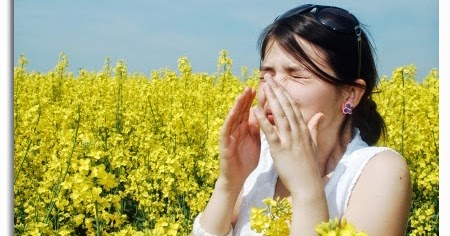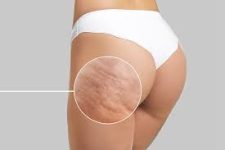Ahhhhchooo! Spring is Here: 10 Ways to Deal
3 min read
Spring has sprung! You’re excited about the longer days, warmer weather, and finally being able to wear shorts again! However, for allergy sufferers, it’s not such a happy time of year. An estimated 54% of the American population has a reaction to at least one allergen (a substance, often a protein, that causes an allergy, such as pollen or dust).
Although indoor allergens like dust mites, mold, pet dander and mildew can be problematic year-round, pollen is probably the major contributor to spring (outdoor) allergies. Tree and grass pollens can start causing problems as early as late February and last through the beginning of summer. While many seasonal allergy cases are considered to be fairly mild and mainly a big nuisance, some cases are severe with symptoms that can mimic the flu and persist for months. Untreated symptoms can often lead to secondary infections of the sinuses, ears, throat, nose and lungs, because the fluid that builds up in reaction to the allergy provides a breeding ground for bacteria. Seasonal allergies can also trigger asthma attacks due to the accumulation of pollen and fluid, which irritates the lungs.
Fortunately, there are several things that you can do to minimize your exposure to allergens and make spring a little more enjoyable.
Here are 10 that cost little-to-nothing:
- Spring Clean: We’re talking windows, book shelves, furniture, air conditioning vents- all the things that collected dust and/or mold during the winter months.
- Take or Wipe Off Your Shoes: Estimates show that we track as much as 85% of the dirt in our homes in from the outside on our shoes or paws of pets. The EPA (U.S. Environmental Protection Agency) specifically recommends that shoes remain outside the house. However, if going shoeless is not something that the whole family is willing to do, try getting them to wear house shoes, flip-flops or socks that are solely worn inside the house.
- Stay inside, or at least minimize the amount of time spent outdoors, when pollen counts are high. Peak pollen times are usually between 10 a.m. and 4 p.m. You can receive up-to-date pollen information for the U.S. by visiting the National Allergy Bureau’s site.
- Shut the windows in your home on days when the pollen counts are high. Also, avoid fans that may draw pollen indoors.
- Keep your pets off the furniture, especially the bed. Pollen can cling to your cat or dog after its been outside.
By Marianne Perdomo (Flickr) [CC-BY-SA-2.0
(http://creativecommons.org/licenses/by-sa/2.0)],
via Wikimedia Commons - Replace/Clean Air Filters: Most of us change our air filters, but not often enough. If you want to reduce dust levels and extend the life span of your air conditioner and maintain its efficiency, the most important thing you can do is change the filter of your air conditioner or furnace once every 3 to 6 months. HEPA filters
are considered the most efficient filters available, but need to be checked monthly since they can become choked up very quickly and can hamper the airflow if they become too clogged. Electrostatic filters
probably offer the best combination of value and efficiency. They can cost twice as much as a good quality disposable filter, but you can just wash them with water when they become dirty, and reuse them (very eco-friendly)!
- Decrease humidity levels by running the AC or using a dehumidifier
. Humidity levels tend to rise with temperatures, so make sure that you maintain levels between 35%-50%. This will help prevent the growth of bacteria and mold.
- Keep the car windows up and the sunroof closed (I know this sucks), to keep pollen out. It’s also a good idea, if you can, to adjust your vents so that they’re set to re-circulate inter-compartment air.
- Give your nose a shower. Rinsing your nasal passages 2-3 times a day with nasal saline when allergy symptoms are at their worst, can help tremendously. A lot of people find that this greatly reduces sinus drainage and congestion.
- Wash your bedding, pajamas, and clothing as often as possible in hot (at least 130° F) to get rid of allergens. Pollen tends to stick to fabrics, which means you can leave allergens from your clothes on your furniture, sheets, pillow, etc.
Elena White is the founder and editor of Life The Green Way, clean water advocate, and a “rurban” wife and mother. Learn more about her here and follow her on Twitter at @Lifethegreenway.






